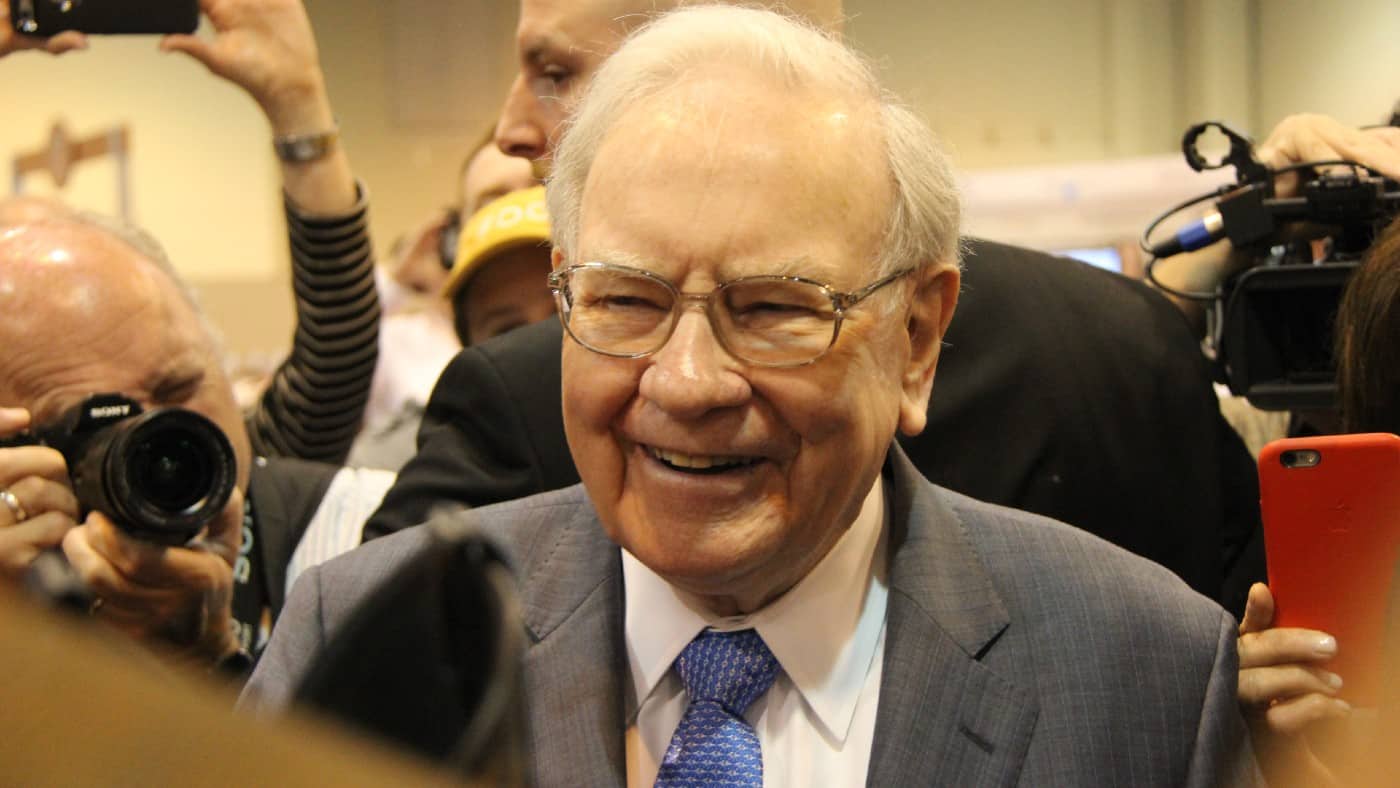One of the most successful stock market investors is the billionaire Warren Buffett. But what many people do not fully appreciate about Buffett is that he had made over 99% of his wealth since he turned 50.
Although he started investing young and that laid the foundations for long-term investment returns, Buffett demonstrates that it is possible to build substantial wealth even later in life.
If I was in my thirties with no savings, I would take that as an encouraging lesson from Buffett’s career. I would apply three investing principles used by the ‘Sage of Omaha’ as I tried to increase my own long-term wealth.
1. Find really compelling investment ideas
Not starting investing until after 30 maybe a sign to get a move on. But hasty decisions can be costly ones.
I would want to start putting money aside while I am looking for shares to buy. But hunting for potential purchases and making them are two different things. I would waste no time in getting to understand how the stock market works and looking for investment ideas. But I would not invest until I found an idea I thought was compelling, not merely good.
Buffett suggests that investors should think as if they could only ever make 20 investment decisions in a lifetime. Measured against that benchmark, many share purchases that offer good returns might not be made. That cash could be held for making superb investments instead.
2. Warren Buffett focuses on risk
But what if an investment I hope will be superb turns out to be a dud? That is the position I am in with my holding in Renalytix, for example.
Buffett diversifies his portfolio across a range of businesses for that reason. I think any smart investor should do the same. No share, however promising it may seem, is guaranteed to do well. All can fall in value.
In fact, I think Buffett focuses more on reducing risk than he does on chasing huge returns. As he says: “The first rule of an investment is don’t lose money. And the second rule of an investment is don’t forget the first rule.”
3. Stick to what you know
What sounds like the more exciting investment? Buying shares in Tesco, or investing in a cutting-edge AI startup?
For many people, the answer would not be Tesco. But as an investor, I am not interested in excitement – I am looking to build my wealth. If I can do that by buying into very dull companies, that suits me just fine.
Some people know the ins and outs of AI in a way that allows them to assess the prospects of a company in that field. But I reckon more British investors are familiar with the everyday business of Tesco. In fact, Buffett once invested in the company though has long since sold his stake.
Buffett ignores the prospects of excitement when investing. Instead, he invests in often staid business areas that he understands. That helps him assess a share’s value and spot if it looks cheap.
I hope doing the same can help me build my wealth.
